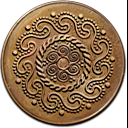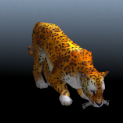Forums
-
Welcome
-
- 5k
- posts
-
- 37,8k
- posts
-
- 15,5k
- posts
-
-
0 A.D.
-
- 47,8k
- posts
-
- 24,1k
- posts
-
- 45,4k
- posts
-
- 30,5k
- posts
-
- 41,9k
- posts
-

- Endovelico
- By Duileoga,
-
- 146
- posts
-
- 512
- posts
-
-
Who's Online 3 Members, 0 Anonymous, 64 Guests (See full list)

.thumb.jpg.b21ca1d0c15fb56b42c39b25a0a40815.jpg)







